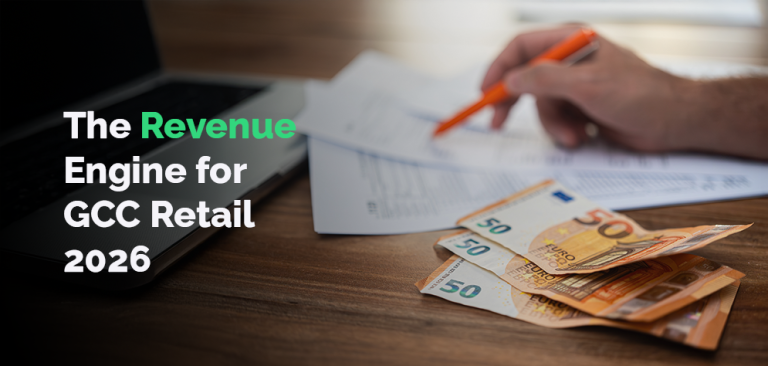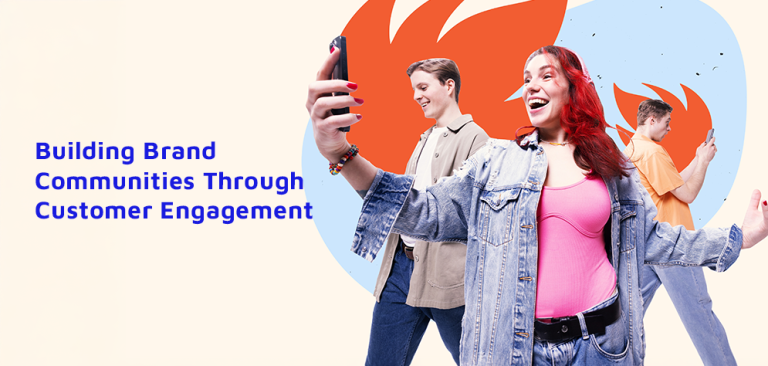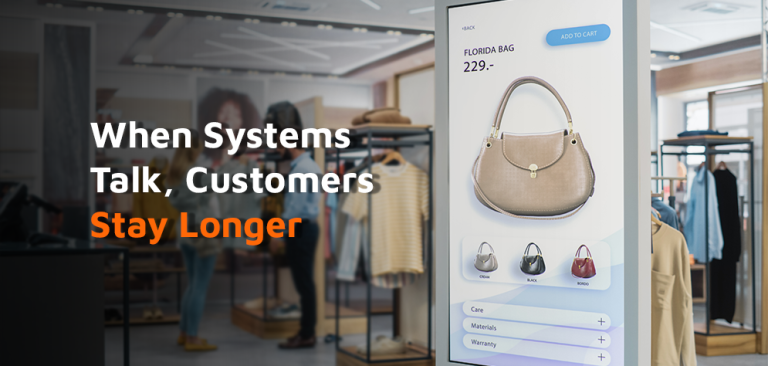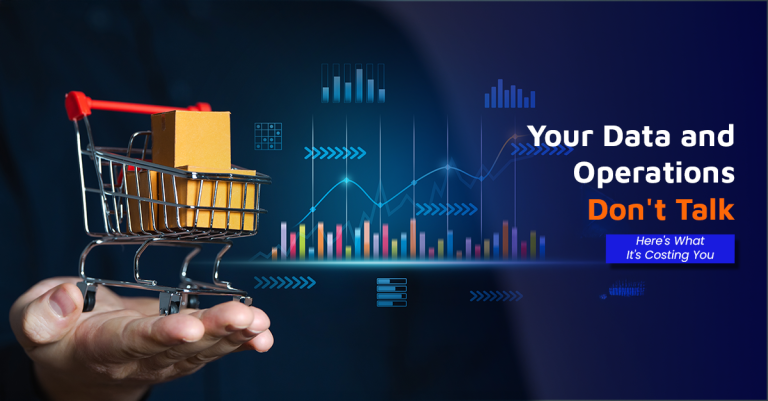On a humid morning in Jeddah, a café owner greets you by name and knows your order before you speak. That recognition turns a transaction into a relationship. For retail brands across the GCC, a customer loyalty platform is essential for recreating that feeling at scale, but fragmented systems and generic promotions make their brands feel like strangers to their own customers.
Brand Trust Statistics 2025: Why Your Loyalty Platform Matters
According to a Capgemini Report (2025), 73% of consumers say AI enhances their loyalty experience, but that enhancement only works when wrapped in consistent, authentic brand storytelling. The Edelman Trust Barometer reveals that 81% of consumers need to trust a brand before they’ll buy, and Stackla research shows that 86% say authenticity is important when deciding which brands they like and support. Most striking: according to Lucidpress research, brand consistency can lift revenue by 23% because customers stop second-guessing every interaction and start believing in the relationship.
The GCC’s retail future will rely on platforms that remember preferences and predict needs through omnichannel personalization. But technology without trust is just noise. Many retail brands operate with disconnected systems. Their loyalty program software captures purchase data, their order management software tracks fulfillment, but their marketing messages contradict both. The customer experience feels disjointed, and trust erodes with every inconsistent touchpoint.
How a Customer Loyalty Platform Builds Unified Narratives
A unified customer loyalty platform ties purchases to people, creating a coherent view of customer behavior. When you combine this with agile order management software, every promise you make is kept. Stock levels sync in real time. Personalized offers arrive when customers are ready to buy. Delivery promises align with operational reality. The narrative stays consistent because the systems supporting it are integrated.
Modern retail analytics software enables brands to track patterns across every touchpoint, from in-store visits to mobile app interactions. By leveraging customer analytics tools, brands can identify purchase triggers, segment audiences with precision, and deliver real-time personalization that feels intuitive rather than intrusive. When a customer browses skincare products online at midnight and receives a tailored promotion in their inbox the next morning, that’s not coincidence. It’s intelligent orchestration powered by integrated systems.
Leading retail brands in the GCC have demonstrated how unified platforms drive measurable results. Major CPG brands deploying digital rewards programs that connect e-commerce, retail, and customer service data have seen significant improvements in registration rates, customer retention, and engagement levels. These results don’t come from better promotions alone. They come from treating shoppers like regulars at their favorite café, recognizing them consistently across every touchpoint, and keeping promises through operational excellence.
Authenticity as a Competitive Advantage in Customer Retention
In 2025, authenticity isn’t a marketing buzzword. It’s a competitive advantage. Customers in the UAE, Saudi Arabia, and broader GCC region are sophisticated. They’ve seen every trick, heard every pitch, and learned to spot inauthenticity instantly. The brands winning in this market are those who define a clear story, align every system to support it, and show up consistently over time.
Authenticity means your social posts match your packaging. Your sales team repeats what your website promises. Your customer service resolves issues the way your brand values dictate. When these pieces align, customers stop evaluating and start trusting. And trust, once earned, compounds. Loyal customers spend more, advocate louder, and forgive mistakes because they believe in the relationship.
Action Checklist: Optimizing Your Loyalty Platform
Define your core narrative: What story does your brand tell? Write it down in one paragraph and ensure every team can repeat it.
Audit touchpoint consistency: Review your website, social media, packaging, and customer service scripts. Do they all tell the same story?
Integrate your systems: Connect your customer loyalty platform, order management software, and CRM platforms so data flows seamlessly and promises align with operations. Deploy customer analytics tools that provide a 360-degree view of customer behavior.
Use data to listen: Track customer sentiment, monitor feedback, and adjust your narrative based on what resonates. Deploy retail analytics software to identify trends and predict customer needs. Authenticity isn’t static; it evolves with your audience.
Keep your promises: Consistency means doing what you said you’d do, every time. If you promise fast delivery, deliver fast. If you promise sustainability, prove it. Use real-time personalization to ensure offers and communications arrive at the perfect moment.
Ready for Action
Retail growth in 2025 won’t come from louder campaigns or deeper discounts. It will come from brands that earn trust through consistent, authentic storytelling backed by systems that keep promises. By combining clear narratives with integrated technology and omnichannel personalization, you can turn transactions into relationships that last. Ready to build trust that drives loyalty?








